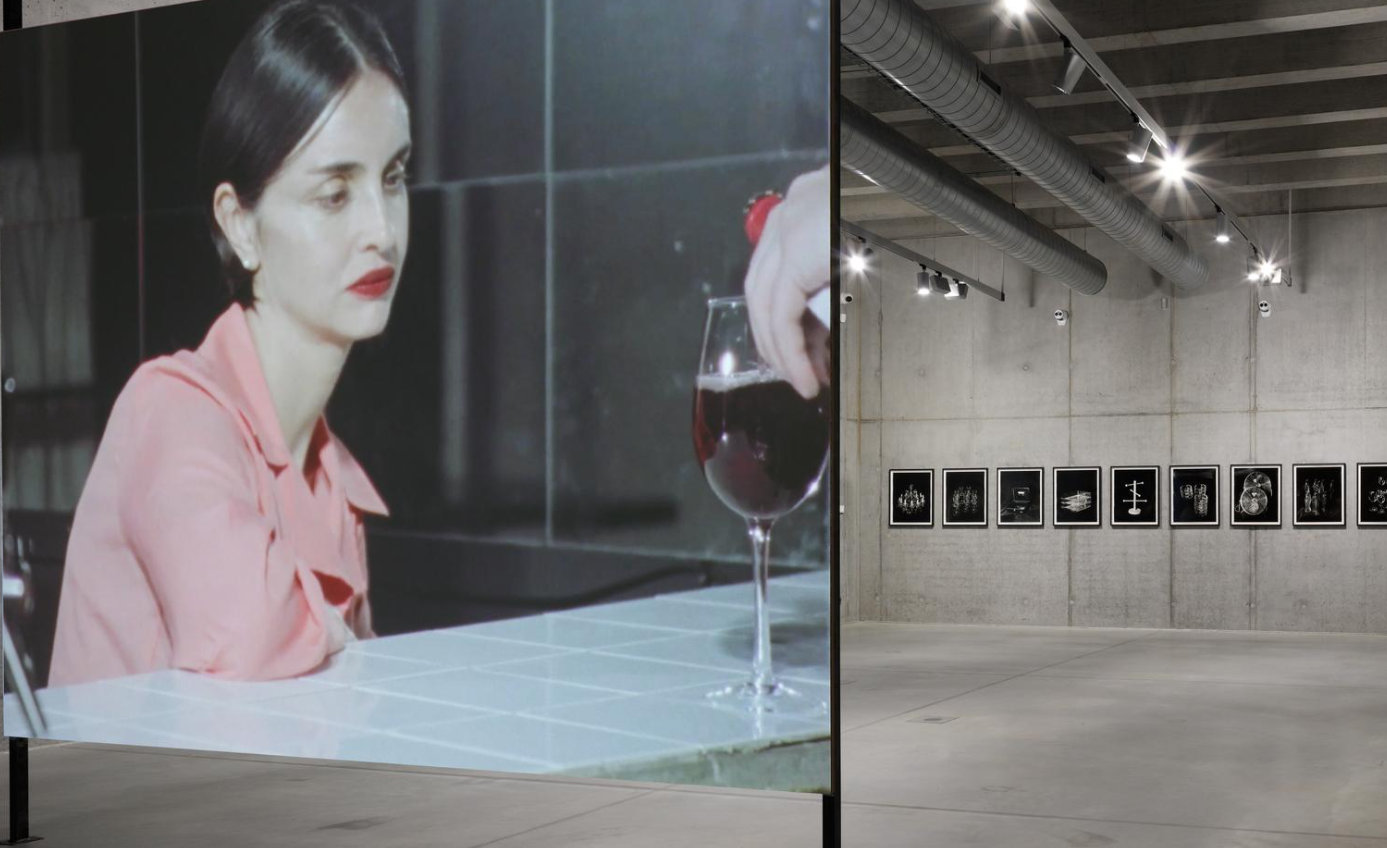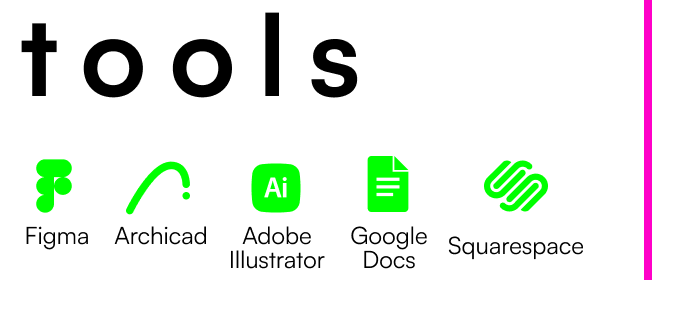PLATO OSTRAVA
Contemporary Art Gallery Website
UX Case Study - Website Redesign
When an art gallery has a powerful identity, its website should extend that same energy. PLATO Ostrava’s current site is visually daring, but left users searching for clarity. This project reimagines how design can honor the gallery’s artistic spirit while giving visitors and professionals the intuitive, accessible experience they deserve.

THE DESIGN OPPORTUNITY
My choice of PLATO stems from a personal fascination with art and architecture, but also from a broader interest in how gallery websites can balance ease of use with uniqueness. PLATO’s site encapsulates the spirit of art and community, yet it has the potential to engage users more deeply and transform into a dynamic cultural portal.
Homepage screenshot:
Original PLATO Ostrava homepage (source: https://plato-ostrava.cz/en)
MY ROLE
My choice of PLATO stems from a personal fascination with art and architecture, but also from a broader interest in how gallery websites can balance ease of use with uniqueness. PLATO’s site encapsulates the spirit of art and community, yet it has the potential to engage users more deeply and transform into a dynamic cultural portal.
PROBLEM FRAMING: IDENTITY VS. USABILITY
PLATO’s website powerfully expresses its bold visual identity, but key journeys: finding exhibitions, visit info, tickets, or the building’s story are harder than they should be. The challenge is to preserve PLATO’s artistic voice while making information and task flows clear, accessible, and engaging for all users.
THE APPROACH
This project followed a traditional UX design methodology but was adapted to PLATO’s context. Instead of beginning with assumptions, I started by testing the existing website, combining task-based usability testing with short user interviews. This ensured the redesign was grounded in real user pain points while still respecting the gallery’s bold identity. From there, the process unfolded step by step: research and competitive audit, empathy maps and personas, ideation and problem framing, wireframing, visual design, and final UI validation.









